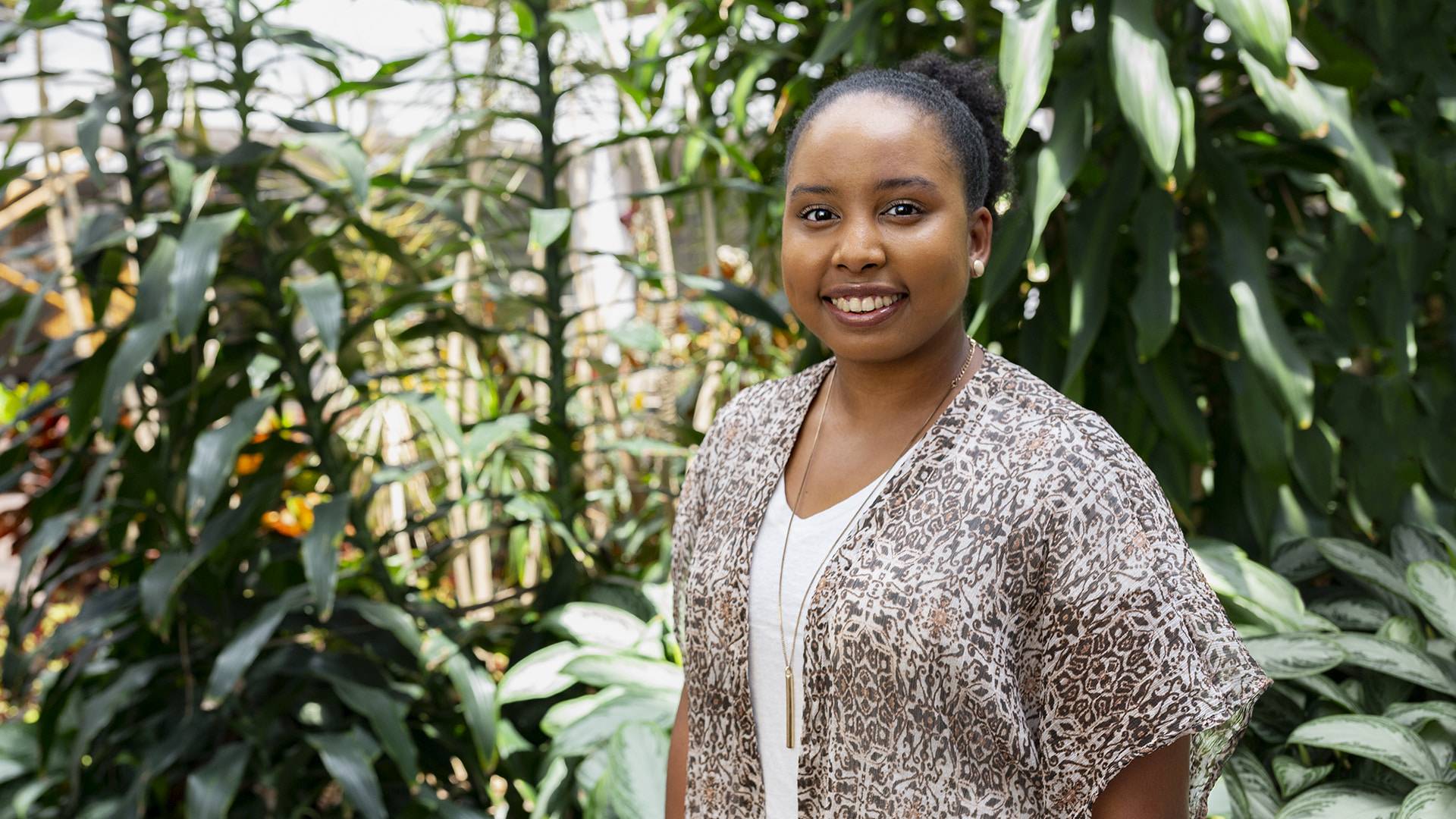Behavior analyst's strategies help kids, teachers and parents
August 16, 2019 | UHCL Staff

Some kids in school are able to stay focused. Others might need a little help — or
maybe a lot of help — to stay on-task in the classroom. Kenya Myles, who is earning
her Master of Arts in Behavior Analysis at University of Houston-Clear Lake, was inspired to work with teachers on creating
alternatives to punishment to effect positive behavior change after recently completing
an internship in Clear Creek Independent School District.
Myles said that the key to her positive behavior modification strategies was to catch
students being good. “I have worked with students who have slipped through the cracks
and the teacher couldn’t get them to do anything,” she said. “I worked with a student
who didn’t like things being taken from him. He would hit, run away, or snatch it
back. He was never taught to actually hand something to a person, and that having
something taken away doesn’t mean it was gone forever.”
She said she was able to reintegrate him into the classroom by teaching him to wait
until the item was returned to him. “During that waiting time, we would insert the
instruction. We were able to replace the negative behavior with the behavior that
was worthy of the reward — which for him was receiving his item back,” she said. “Some
people call this the ‘positive opposite.’ You give them a preferred consequence for
doing what you want instead of a penalty for what they weren’t supposed to do.”
It’s important, explained Myles, to first do a behavior assessment and find out why
the behavior is occurring. “We also need to find out how the teacher is responding
because what they’re doing might actually reinforce the behavior,” she said. “For
example, I have worked with students who use language that is not acceptable. Swearing
is hard to ignore, but I advise the parent or teacher to stop giving attention to
swearing and teach the child to get attention in other ways.”
After working with a student who used inappropriate gestures and touching that the
teacher could not ignore, Myles said that she found out that attention — even just
eye contact — was valuable enough for him to continue the behavior. “We found out
that if we wrote some sentences on a piece of paper with the appropriate things to
say in front of him, she would simply point at the sentence he should use and then
she would respond to him,” she said.
In behavior analysis, Myles said, it’s different working with students one-on-one
than it is for teachers in the classroom. “We make suggestions, we review them with
the teacher and we make sure the suggestions are feasible,” she said. “We try to integrate
new ideas into the process and ask what’s worked in the past. We emphasize the use
of reinforcement-based interventions. Some kids have learned that if they disrupt,
they get sent out and they get out of doing their work. This strategy helps teachers
find ways to show kids that problem behavior won’t work anymore, and that if they
reinforce the appropriate alternative behavior, maladaptive behavior will decrease.”
As part of the Center for Autism and Developmental Disabilities Speaker Series, Myles will discuss reinforcement-based strategies in a presentation titled “Catch
them Being Good: Alternatives to Punishment for Decreasing Problem Behavior” on Nov.
16, 10:30 a.m., in the university’s Bayou Building Garden Room. Find out more about
the Center for Autism and Developmental Disabilities and register for the CADD Speaker Series online.
About the Author:
Recent entries by
October 18 2022
Better technology transforms campus safety: Police Chief demonstrates SafeZone to students
October 14 2022
Student's skill with drones takes chicken turtle research to new heights
October 11 2022
Planting event to help UHCL restore native plants to campus, support environmental sustainability







